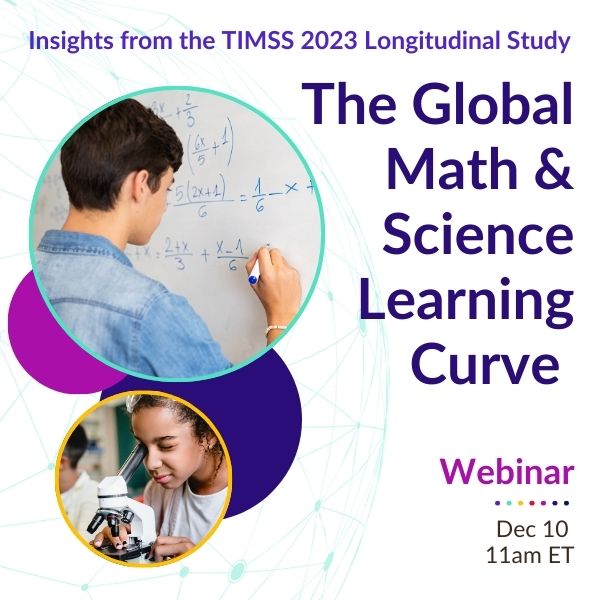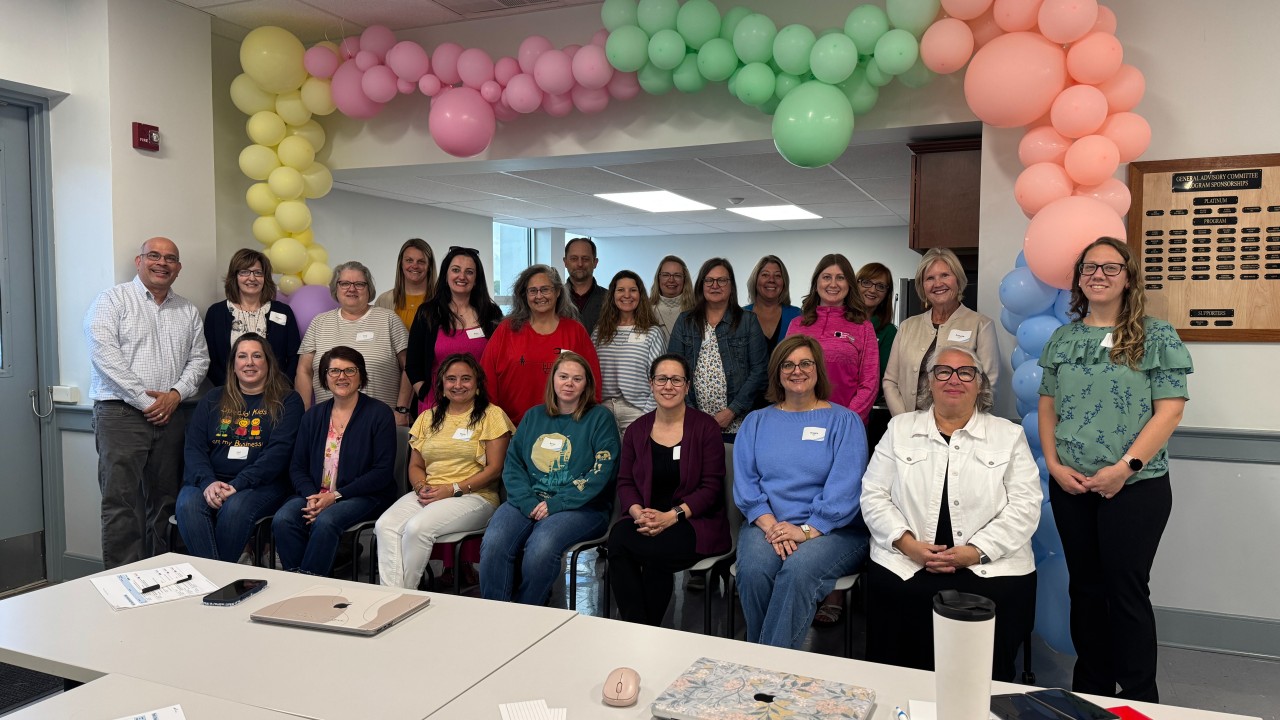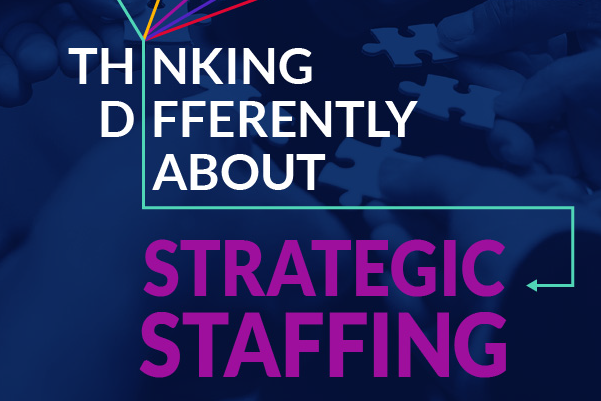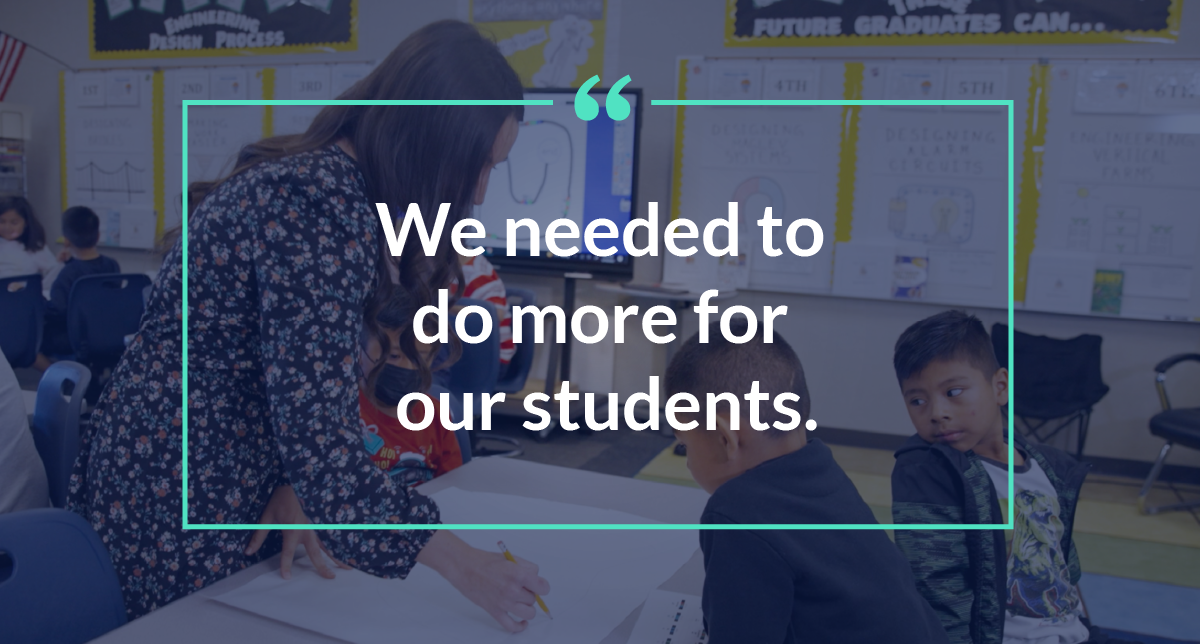A global framework shaping how countries rethink what young people need to flourish in the future.
Insights from the 2023 TIMSS Longitudinal Study
Franklin County has moved beyond hypotheticals to becoming the foundation of a rural model of high-quality, aligned early childhood education that others can learn from.
From recruitment and retention to strategic use of resources, we look at how top-performing systems around the world staff their schools, along with innovative approaches emerging in U.S. states and districts.
How the world’s leading systems are rethinking early learning to power brighter futures—for children, families, and communities.
This Mississippi school district is partnering with industry to design bold pathways to career readiness for its students.
Franklin County is partnering with state and national organizations to rethink its early childhood and K–12 education systems, aiming to become a model for rural communities across the country.
How are districts actually changing and adapting to prepare students for the future and their life beyond K-12? What does this look like in practice, and how does a district move toward a new system, one that is learner-centered and future-ready?
In this brief we think very differently about the choices high school students have for their learning journeys, and the support they are given along the way.
The goal was clear and compelling: to engineer an educational system that isn’t just about maintaining standards but setting them.
This case study explores how the U.S. Department of Defense Education Activity has produced both high student performance and reduced achievement gaps, over several NAEP administrations.
From math content and instructional time to teacher support, we explore domestic and global strategies and inspiration to boost math success for U.S. students.













